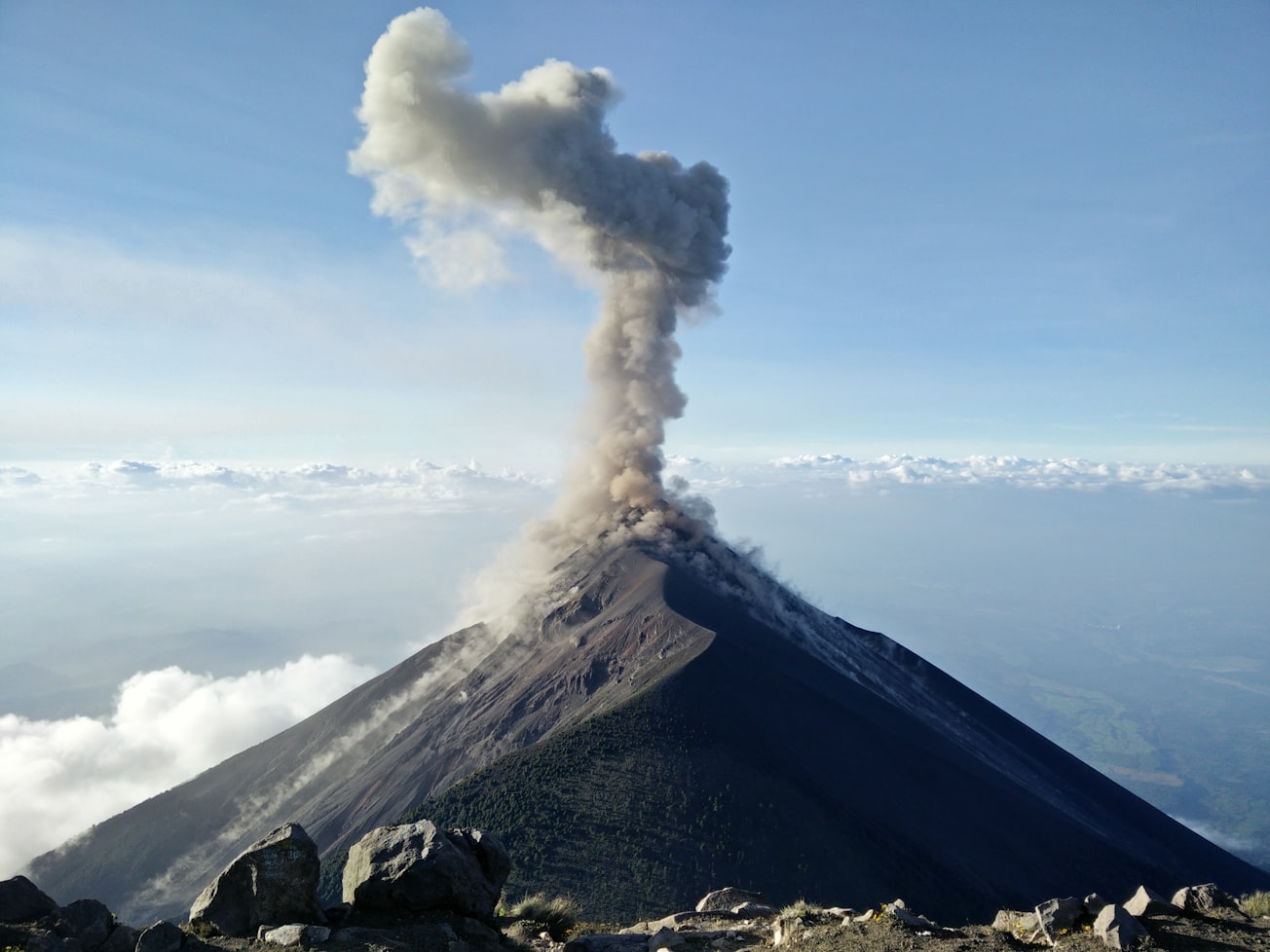What is it about?
The Caribbean Plate consists of a plateau basalt, formed probably in the Middle Cretaceous, complicated by a continental block, Chortis, several magmatic arcs, strike-slip motions along major fault systems such as the Motagua-Polochic fault zone in Guatemala, the pull-apart basin of the Cayman Trough and subduction zones below Central America and the Lesser Antilles. Five major collisional events have been identified: (i) Late Paleocene-Middle Eocene collision of the Greater Antilles with the Bahamas platform, (ii) Late Cretaceous collision of Chortis with the Maya Block, (iii) emplacement of nappes upon the Venezuelan foreland in the Cenozoic, (iv) collision of the Western Cordillera oceanic complex with the Central Cordillera of Colombia and (v) Miocene collision of the eastern Costa Rica-Panama arc with the Western Cordillera. All these “orogenic events”show an eastward movement of the Caribbean plate relative to the Americas. Migration of the Jamaica Block from the Pacific caused obduction of the oldest ophiolites of Huehuetenango at the western end of the Polochic-Río Negro faults in Guatemala. South – southwest migration of the Chortis Block from west of Mexico and northward towards the Maya Block destroyed a trench associated with the Motagua-Jalomáx fault system and caused the Chuacús Orogeny, emplacing Guatemalan ophiolite complexes and metamorphosing the rocks from the Chuacús Series.
Featured Image

Photo by Gary Saldana on Unsplash
Why is it important?
Explains an alternative hypothesis for the formation of the Caribbean Plate
Perspectives
Provides an update on the geology of the Caribbean Plate from the evolution of Guatemala.
P. Geo., M. Sc Ricardo A Valls
Valls Geoconsultant
Read the Original
This page is a summary of: Geological evolution of the NW corner of the Caribbean Plate, Geological Society London Special Publications, January 2009, Geological Society,
DOI: 10.1144/sp328.10.
You can read the full text:
Contributors
The following have contributed to this page







